KATHMANDU: The World Health Organization (WHO) has updated the list of countries held risky due to coronavirus pandemic outbreak, putting Nepal from ‘Level 4’ to ‘Level 3’ in terms of COVID-19 risks.
Updating about the progress Nepal has made in COVID-19 curb attempts, Mahendra Prasad Shrestha, the Director-General of Department of Health Service shared that WHO grading has put Nepal from ‘Level 4’ to ‘Level 3’ which means most risky country to merely risky country to travel.
“We were in Level 4 or in the list of highly risky,” Shrestha said, “Now with the progress, we made in curbing coronavirus, we are taken down to Level 3.”
Shrestha said that with the progress they have made in COVID-19 control India, Sri Lanka, Bangladesh, Bhutan, the Maldives have been brought down to ‘Level 3’. In other SAARC countries, Pakistan and Afghanistan are still in ‘Level 4’ and ‘Level 5’ respectively.
According to Shrestha, with effective measures like the expansion of PCR and RDT test sphere, strict enforcement of lockdown, an arrangement of isolation ward, effective coordination with local levels etc. Nepal has managed to reduce the risk and downgrade itself up.
Joint spokesperson for the Ministry of Health and Population, Dr. Samir Kumar Adhikari said that Nepal was earlier assessed as the highly vulnerable country in view of the COVID-19 due to the emergence of the virus in its northern neighbor and open borders with the southern neighbor.
It was removed from this list based on measures it applied in the prevention, control and treatment of the virus, he stated.
It may be noted that Nepal has gone into nationwide lockdown since March 24 and has also sealed its international borders including India to stem the spread of the virus.
Nepal’s decision to implement lockdown has proved to be a timely measure against the virus as it lessened the risk of imported cases, according to Dr. Adhikari.
”Moreover, the COVID-19 testing coverage has been expanded,” he added.
Besides, nationwide 25 hospitals have been developed into corona hub hospitals to treat COVID-19 patients. Nepal had entered the second phase of transmission with the detection of a family transmitted case in Kailali earlier this month.
The COVID-19 testing through PCR procedures are underway in 15 places and the RDT is going in 75 districts.
One test is conducted in every 250 population. So far, over 9,000 have undergone PCR testing while RDT has been applied to 38,089.
So far, 12 out of 49 confirmed to have contracted the virus, have returned home after a successful recovery.
Similarly, those returned from home from abroad in the wake of the global pandemic of COVID-19 are made to stay in quarantine at least for 14 days. The quarantine rule is mandatory for them. At present, 12,985 people are in quarantine and 89 are under isolation care.


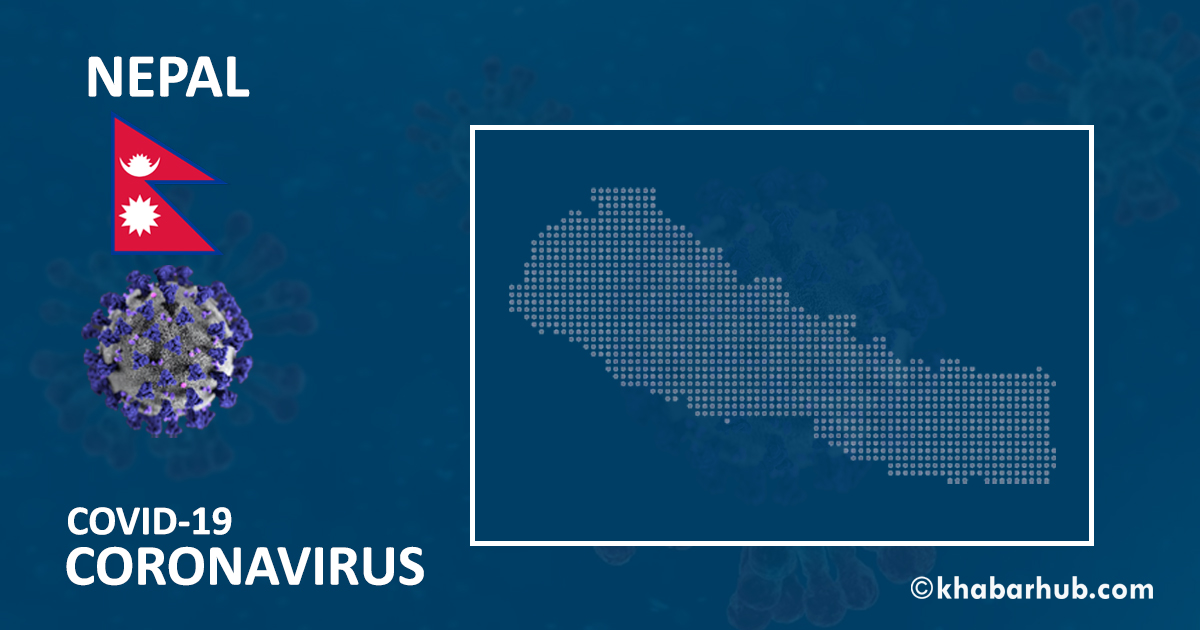
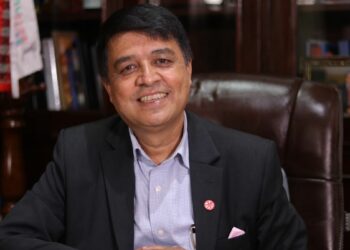
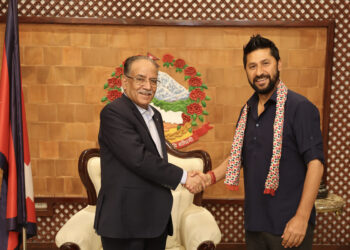
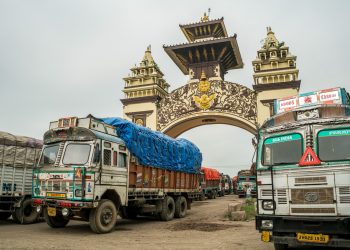
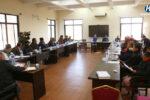
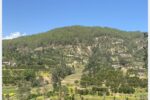

Comment